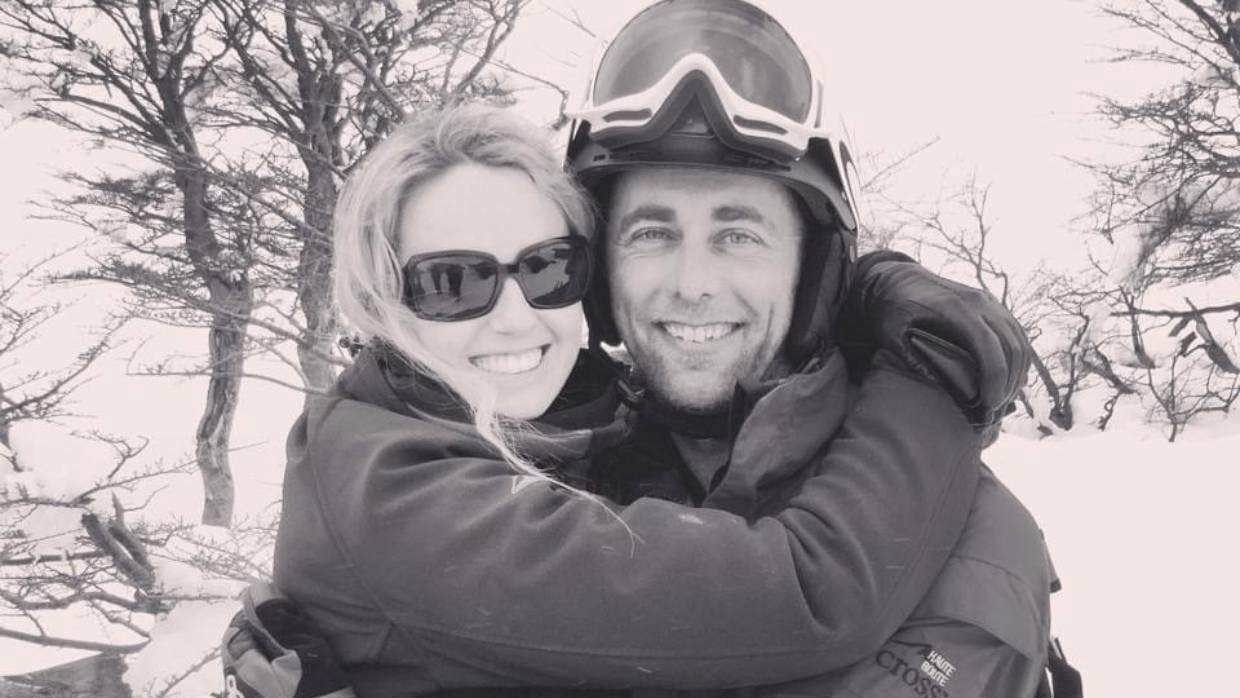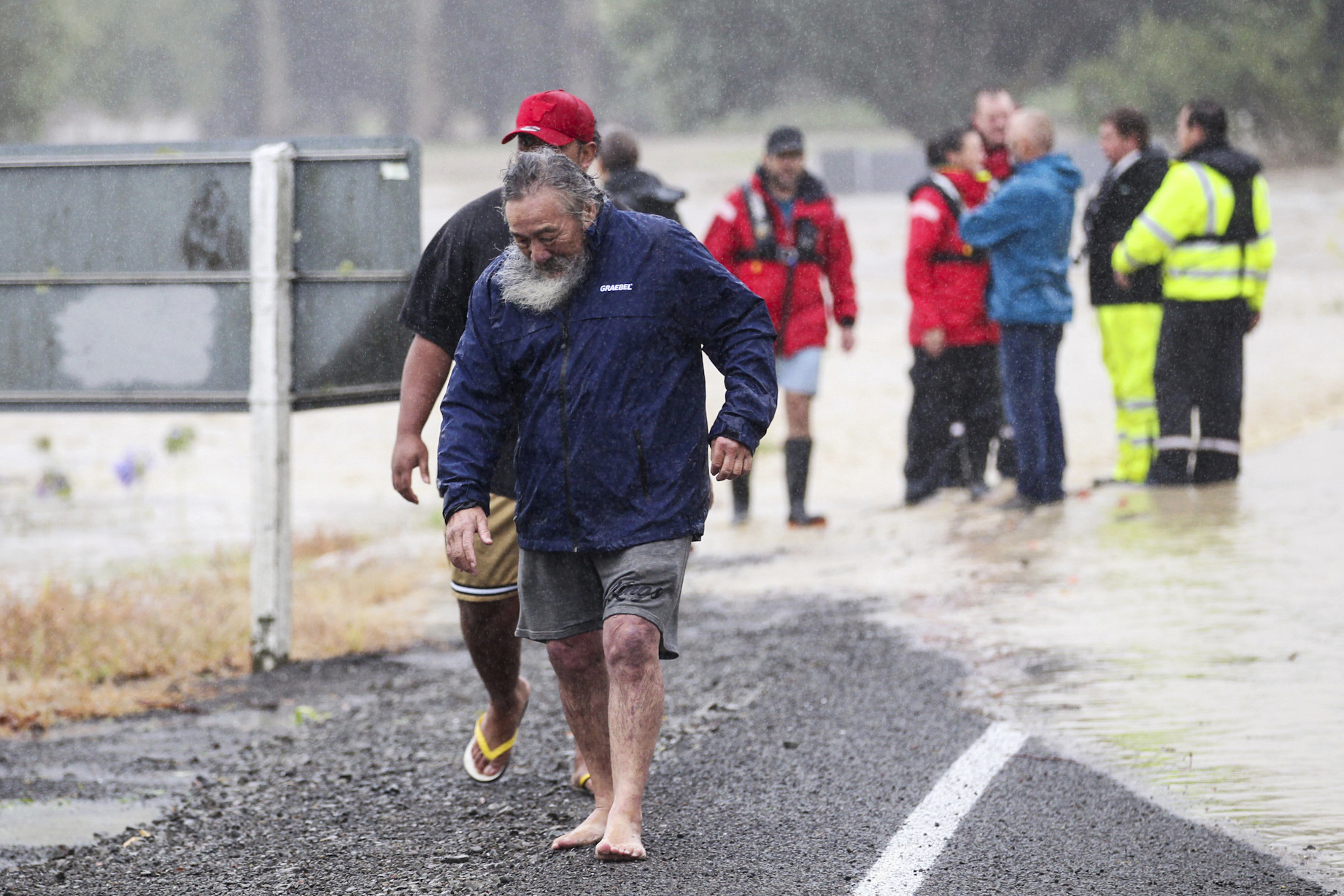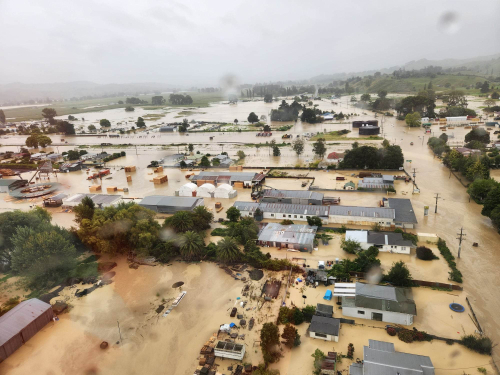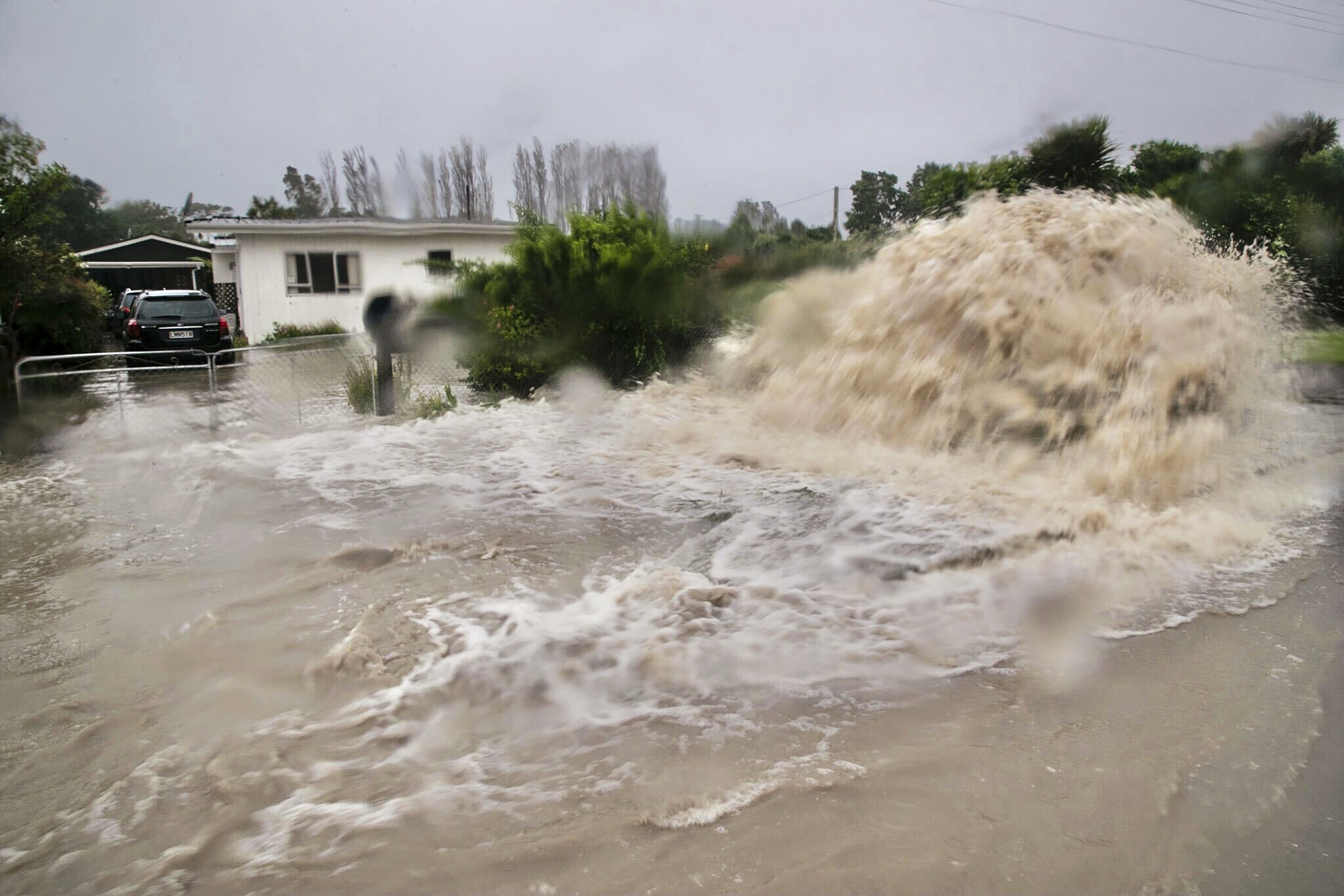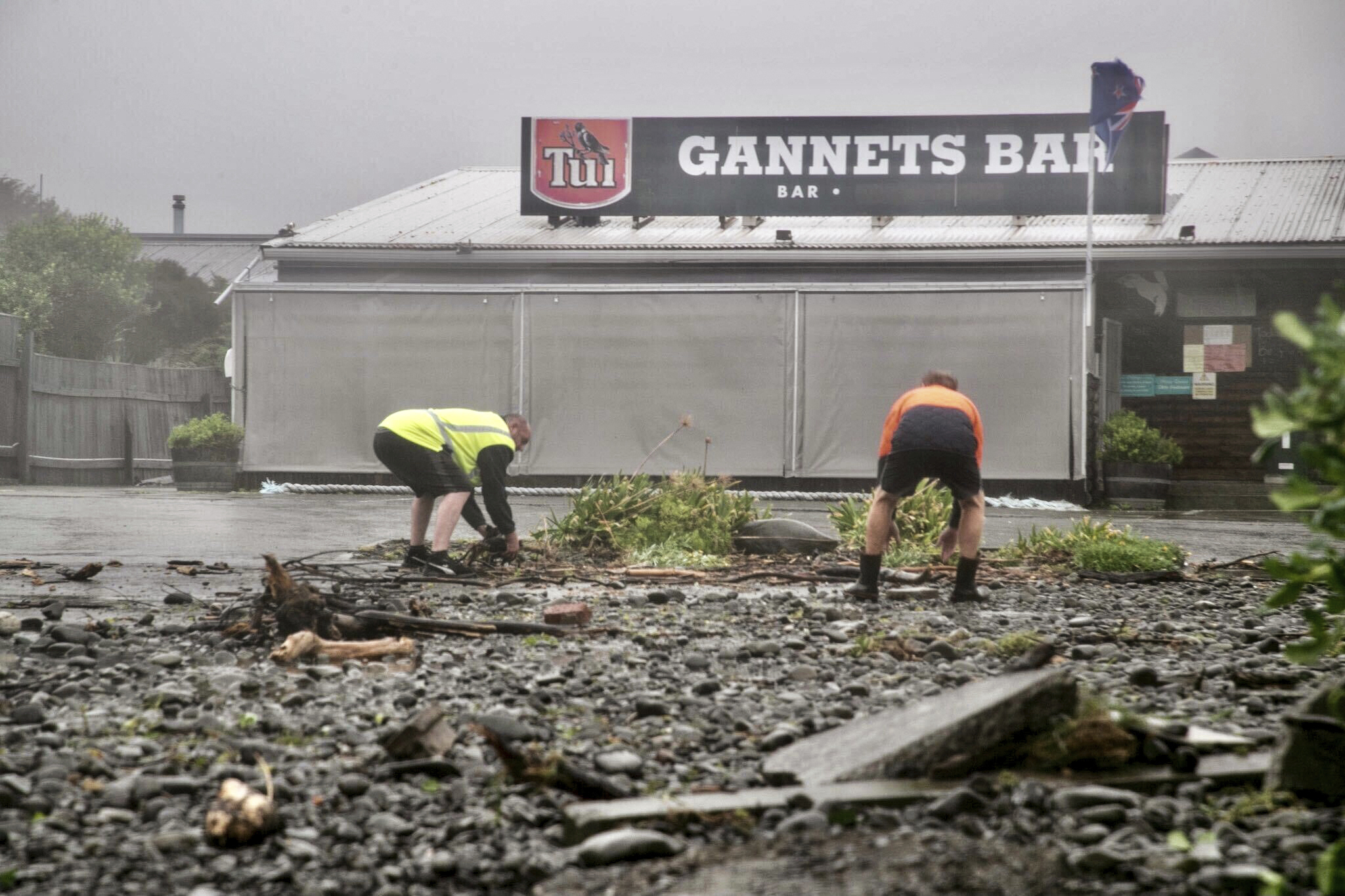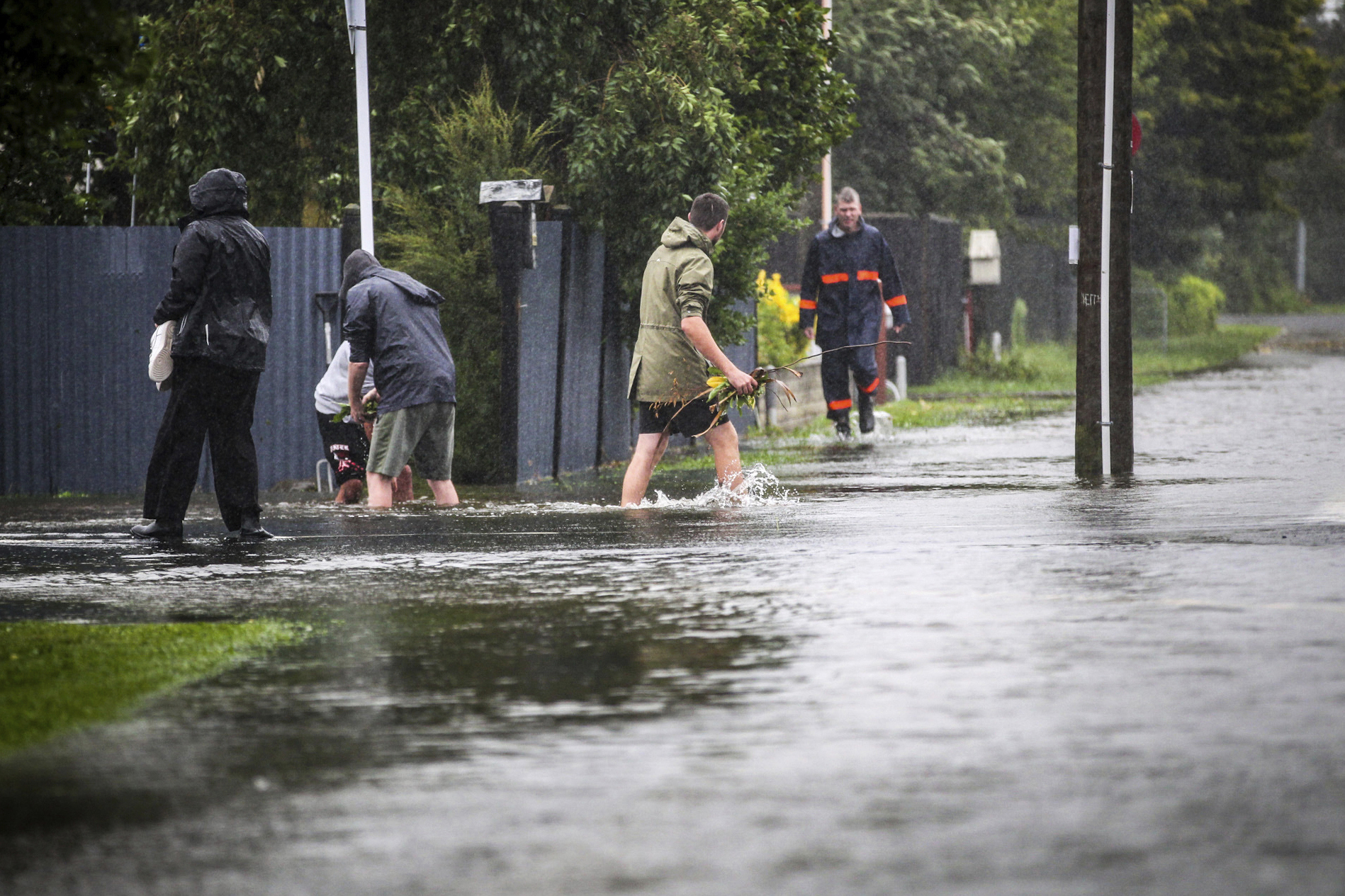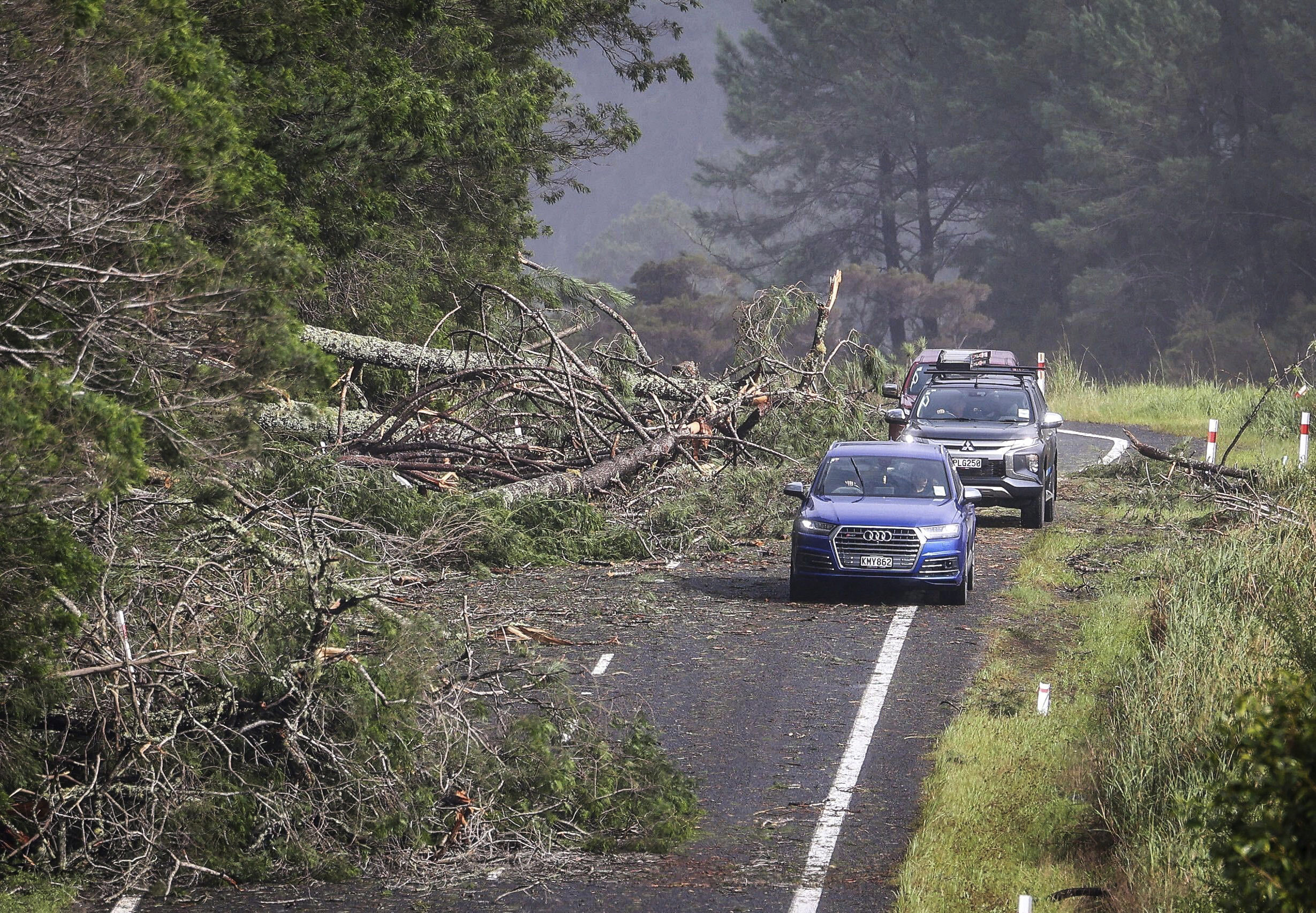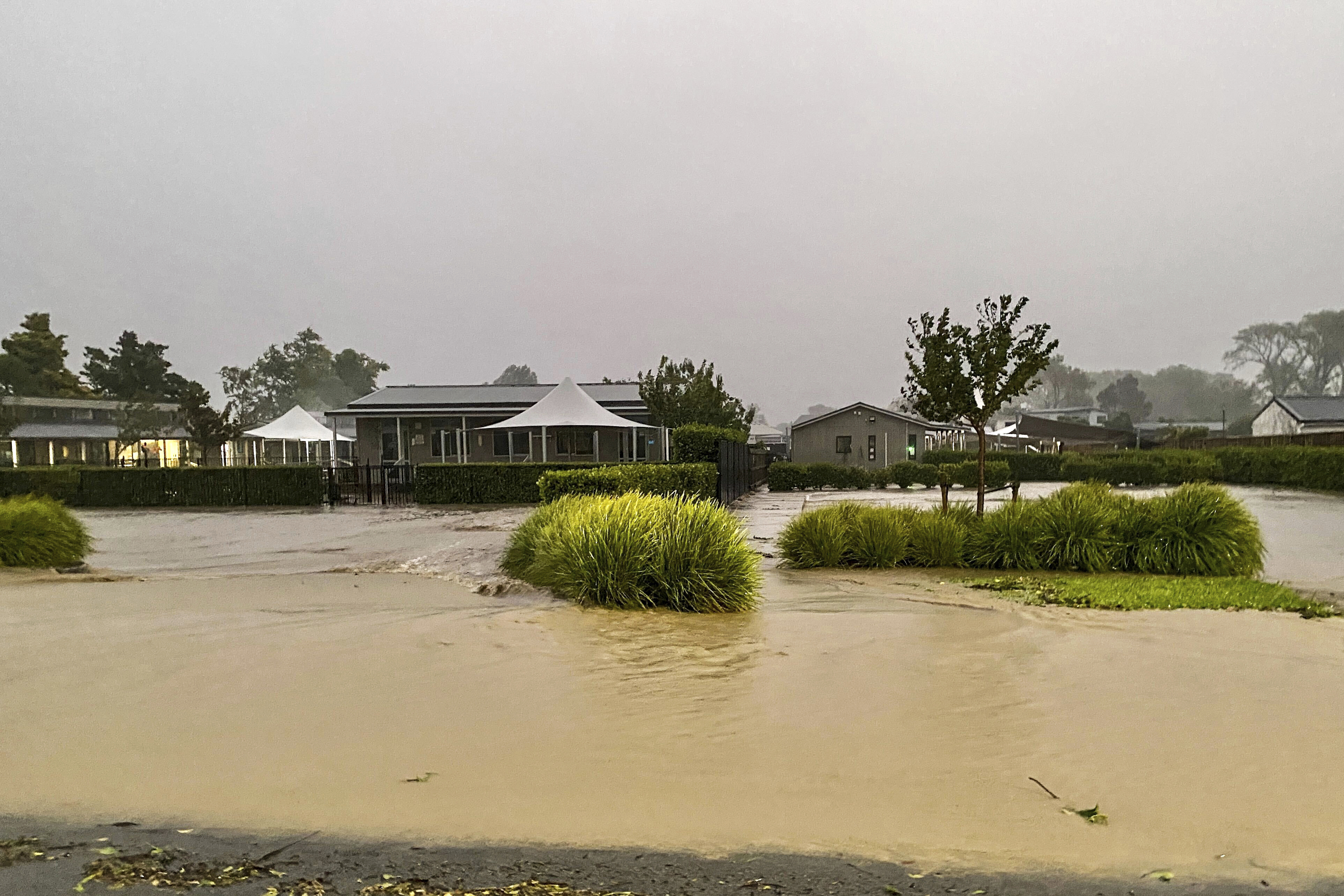A body has been found in the search for a firefighter missing after Cyclone Gabrielle, with another firefighter critically injured in the natural disaster.
Dave van Zwanenberg has been missing since a landslip on Monday night toppled houses in Muriwai on Auckland's west coast.
A body has been found in the search for him this morning, but it has not yet been identified.
READ MORE: Indian officials search BBC offices after Modi documentary
"This morning, our team, working alongside police, located a body in the area where they were searching. We have not yet identified who this is and will be working with police to retrieve and identify the body," Fire and Emergency chief executive Kerry Gregory said.
Van Zwanenberg is a vet, pilot and father of two young children.
Fire and Emergency chief executive Kerry Gregory earlier said the last thing rescuers wanted was to make the situation worse and that was why the process to locate the firefighter was a slow one.
"The longer the search goes on, we've got grave concerns for the safety of our firefighter," he said.
"Our intention is to bring our firefighter home."
Another firefighter critically injured in the slip has been named as Craig Stevens, who has been a volunteer firefighter for the Muriwai brigade since 2018.
First death from Cyclone Gabrielle declared
Authorities confirmed a woman had died "after a bank collapsed onto her home" in Putorino in the Hawke's Bay area late on Tuesday night (9.50pm AEDT).
"Police visited the property following a missing person's report and undertook rescue efforts but were unsuccessful," Hawke's Bay Emergency Management Group said in a statement.
Police are also responding to reports of a body found on the shore in Bay View, Napier.
It's not yet known if the death is connected to the flooding.
READ MORE: Haley announces presidential campaign, challenging Trump
The government declared a national State of Emergency on Tuesday for the third time in its history, with the storm described as the nation's most severe weather event in years.
Some 225,000 homes and businesses across the North Island remained without power.
The power grid had not experienced such damage since 1988, when Cyclone Bola became one of the most destructive storms to ever hit New Zealand, Prime Minister Chris Hipkins said.
Hipkins could not yet say how the scale of the latest destruction compared.
"Certainly, the reports that we've had is that it's the most extreme weather event that we've experienced in a very long time," Hipkins told reporters in Wellington.
"In the fullness of time, we'll know how it compares with Cyclone Bola."
There have been 25 shelters and civil defence centres open for people across Auckland needing to evacuate.
Authorities confirmed the town of Wairoa was completely cut off with concerns about the dwindling food and water supplies available to the community.
"Wairoa only has one day's worth of food, and enough drinking water for two days," Hawke's Bay Civil Defence Controller Liz Lambert said.
"We have made a request to NEMA for enough food and water to supply the district for seven days."
While the power has returned to most of Wairoa, with the exception of Mahia/Tuai, there's been a loss of lifelines to Napier and Gisborne, including power, phones, internet and roads.
A weather station in the Hawke's Bay and Napier region recorded three times more rain overnight than usually falls for the entire month of February, MetService meteorologist Lewis Ferris said.
"It's going to be wet, sodden devastation around there," Ferris said.
"We've seen the worst of the storm now."
Red warnings, the highest alert level issued by the New Zealand Met Service, are ongoing.
Help is on hand
Conditions eased across Tuesday as the weather system tracked south-east over the ocean away from New Zealand.
CNN meteorologists predict more gale force winds to impact the eastern shoreline and adjacent interiors of the North and South islands before gradually tapering off by Wednesday afternoon.
Additional rainfall totals of up to 150 millimetres can be expected across the south-eastern regions of the North Island, including Wellington, through to Thursday.
While lesser totals will accumulate across the South Island, just north of Christchurch.
READ MORE: Millions of Aussies set to sweat through heatwave as week of weather extremes continues
"With an event of the size and the scale that we have seen in the last 24 hours, what we have to do is make sure that we're dealing with the most pressing needs across the country as quickly as we can," Hipkins told reporters.
Hipkins said the military was already on the ground on the hardest-hit northern reaches of the North Island helping with evacuations and keeping essential supplies moving.
"I want to acknowledge the situation New Zealanders have been waking up to this morning," he told reporters on Tuesday.
"A lot of families displaced. A lot of homes without power. Extensive damage done across the country.
"It will take us a wee while to get a handle on exactly what's happened and, in due course, helping with the clean-up when we get to that point."
Adding to woes is that mobile phone service is patchy in some areas, making it hard to co-ordinate services and contact people left stranded.
Several communities and regions had been isolated, the Met Service said in a Facebook post.
"Over 30 state highway closures and the shutdown of air, sea, and rail transport for much of the northern half of the North Island," the post said.
Air New Zealand cancelled all domestic flights to and from Auckland Airport – around 55 – for the remainder of Tuesday, due to strong winds.
https://twitter.com/FlyAirNZ/status/1625379906887782400?ref_src=twsrc%5Etfw
Last month Auckland and surrounding areas were hit by record rainfall that sparked floods and killed four people.
Hipkins said British Prime Minister Rishi Sunak had phoned offering his country's support and assistance.
The Australian government also said it was ready to provide support where and if needed, Hipkins said.
This latest disaster is the third national state of emergency after the 2011 Christchurch earthquake and COVID-19 pandemic in 2020, and is due to a weather system off the country's north that is tracking south and east along the coast.
The national state of emergency includes six regions where local emergencies had already been declared.
They are Auckland, as well as the regions of Northland, Tairawhiti, Bay of Plenty, Waikato and Hawke's Bay.
Source: 9News

